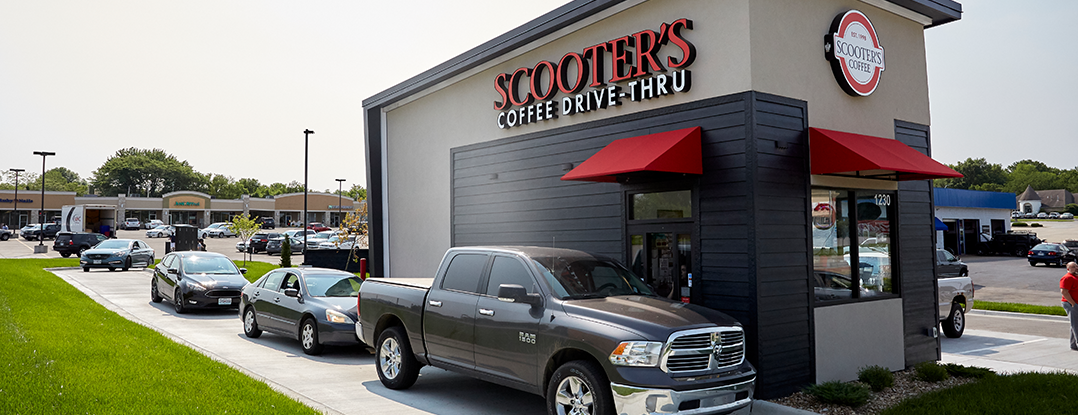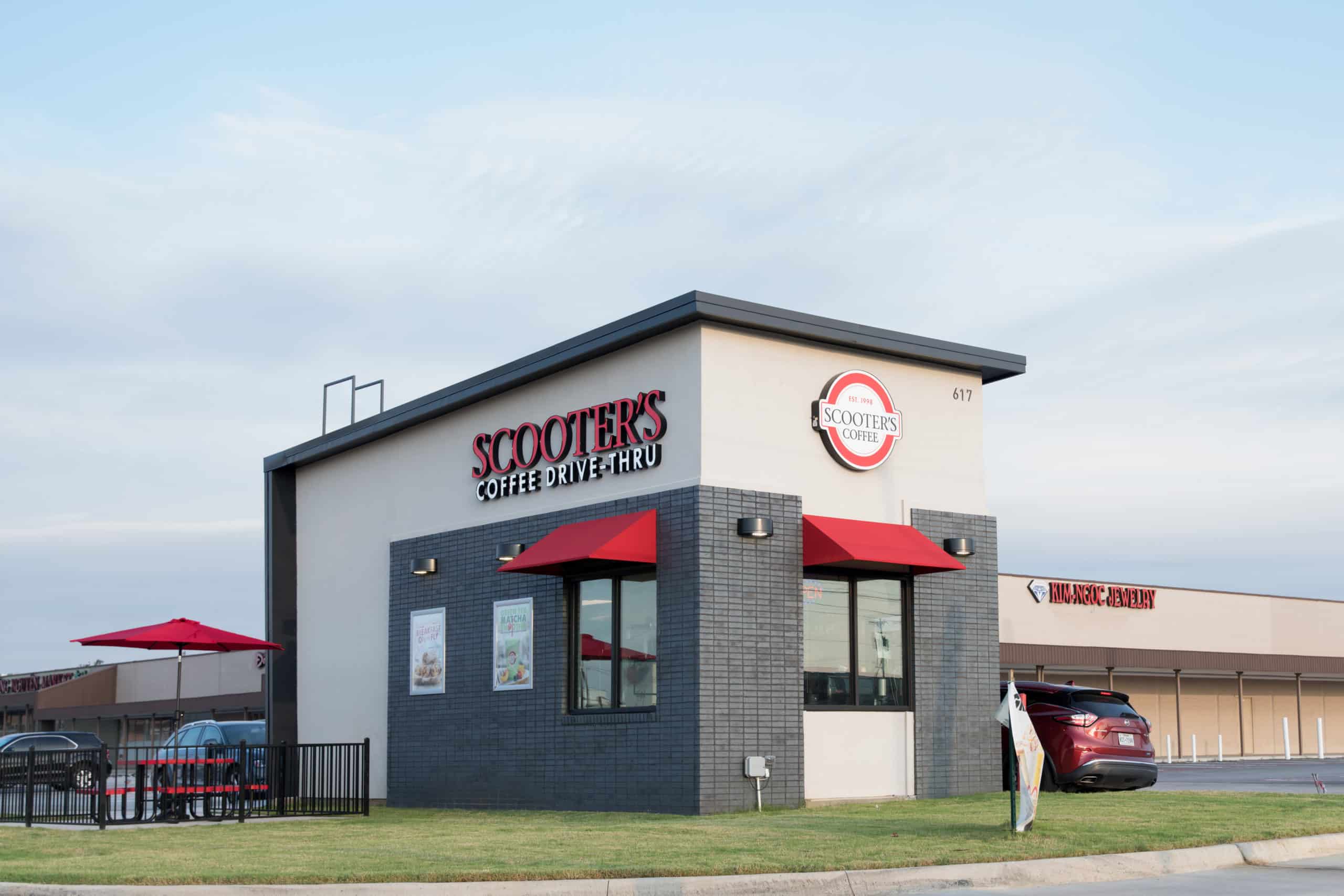

From a business standpoint, it would be hard to imagine a more entrenched concept than a coffee shop. Americans rely on a good cup of coffee, and entrepreneurs have found a number of ways to offer them that product with different angles on the experience — with various types of coffee shops.
The coffee industry enjoys considerable growth globally, and a big part of that is consumers buying coffee on-premise, outside the home. Gourmet coffee is the choice of the majority of coffee consumers, according to the National Coffee Association, as reported by Forbes. From traditional coffee to cold brew to nitro to other specialty drinks, consumers have more reasons than ever to frequent coffee businesses.
For entrepreneurs aiming to open a coffee shop, that’s encouraging, exciting news.
And the landscape includes multiple types of coffee-consuming experiences. Coffee shops come in many different varieties, from sit-down traditional shops to drive-thru, convenient coffee kiosks. Here’s how the coffee shop models stack up to each other.
Many sit-down restaurants have relatively extensive menus for breakfast and lunch, and even sometimes dinner, while maintaining a coffee focus. A coffee-centric cafe is branded around its quality coffee, while still serving sandwiches, soups, salads, entrees, and desserts.
Customers go here solo or with friends to enjoy a traditional dining experience, and coffee is a point of promotion, but ultimately just part of a bigger food and beverage picture. It might be called a cafe, a diner, a bistro or a coffee shop.
This style of coffee establishment could range from fine dining to very casual.
Among the coffee shop models, this is one that feels like an extension of the guest’s living room — only cooler. Customers come here not just for coffee and food but to hang out for a while. WiFi is free to customers, and there is no table service or consequent drive to turn over tables.
The coffeehouse may offer a limited selection of baked goods, snacks, and desserts purchased at the counter. This boutique-style coffee establishment puts a keen focus on high-quality coffee, prepared by serious baristas.
Some customers bring a laptop and work papers and settle into a corner table at this type of coffee shop, using it as a mobile office. Others may just enjoy a couple of hours of reading a new book in a big armchair while enjoying coffee. Still, others may come with friends to have a comfortable place to sit and talk.
A hangout coffee shop is decidedly laid-back and relaxed.
Convenience is king in drive-thru, grab-and-go and kiosk types of coffee shops.
Grab-and-go coffee shops are just what the name says: a place for a customer to grab a quick cup of coffee or other beverage and food and proceed on with their day.
Grab-and-go shops may be in kiosk form. An example is the small coffee-counter operation in a hotel or office building lobby. Others may be freestanding along a busy sidewalk in an urban area, as an actual shop the guest steps into to order.
One unique and very important type of grab-and-go coffee kiosk is the kind that doesn’t even require the customer to get out of the car before they go.
As much fun as it may be to kick back for an hour with friends and chat on a leather couch at a coffeehouse, or as great as a hangout coffee bar might be for a self-employed or traveling professional to get work done, a drive-thru coffee shop is extremely valued in a community or neighborhood.
People on their way to work or elsewhere need coffee and other drinks fast, without sitting down for a leisurely lunch or an afternoon with a paperback. In fact, Daily Coffee News shared findings of the National Coffee Association, showing across all types of establishments in America offering coffee, over the course of one day — including cafes, convenience stores, fast food restaurants, donut shops, and others — 46 percent used a drive-thru, up from 44 percent last year.
The drive-thru style of coffee shop has a history of proven success for brands such as Scooter’s Coffee® in being convenient, efficient and fulfilling for customers and profitable for owners.
Regardless of which coffee shop models an owner chooses, coffee trends affirm that the customers will come.